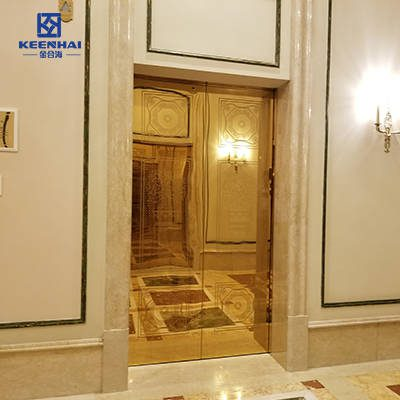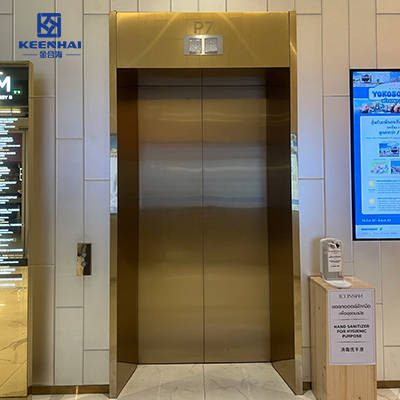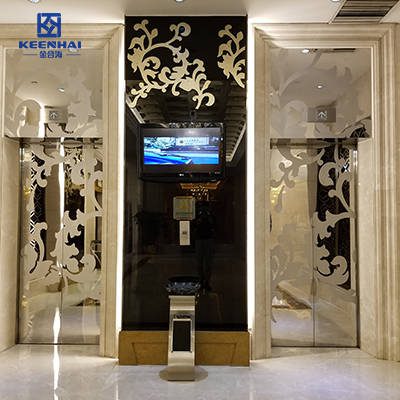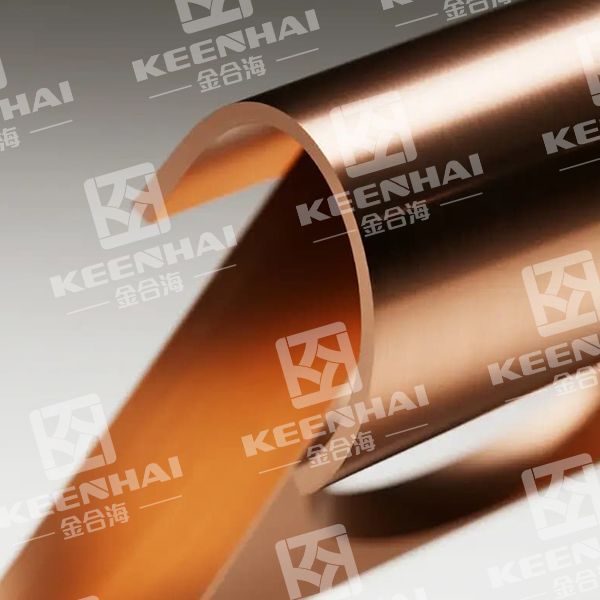If you’re wondering about the difference between Inox en rustfrij stiel, the short answer is simple: they are essentially the same material, but the grade and application make all the difference. Inox usually refers to stainless steel in general, while the choice between types like 304 and 316 affects cost, rust resistance, and long-term durability. For kitchens, indoor projects, and areas without harsh exposure, 304 RVS is often enough. In marine or outdoor environments, 316 is the smarter option because of its superior corrosion resistance. This guide will break down cost, durability, and real-life uses so you can pick the right grade for your project in 2025.
Wat is Inox materiaal?
Definition of Inox Material
De term Inox originates from the French word roestfrij, which translates to “stainless.” Inox material is another name for stainless steel, commonly used in Europe and certain industries like kitchenware and architecture. Thanks to its unique chemical composition, the term emphasizes the material’s ability to resist rust and staining.
Key Properties of Inox Material
Inox-materiaal is ferneamd om syn treflike korrosjebestriding, taskreaun oan 'e chromiumynhâld (meastentiids boppe 10.5%). Dit soarget foar in passive laach op it oerflak, beskermet it fan oksidaasje. It wurdt ek wurdearre foar syn meganyske sterkte, duorsumens en visueel oansprekkende gepolijst finish, wêrtroch it in go-to-keus is foar sawol funksjonele as dekorative tapassingen.
What Is Inox and Stainless Steel?
Inox, short for acier inoxydable, is a high-chromium rustfrij stiel alloy that offers superior resistance to rust and staining. It is widely used in high-end applications like kitchen equipment, jewelry, and marine products.
Stainless steel, in general, is a broad category of alloys that includes Inox and other grades. It contains a minimum of 10.5% chromium to prevent corrosion but may vary in nickel, molybdenum, and other alloy content depending on the grade.
| Eigenskip | Inox | Rustfrij stiel |
|---|---|---|
| Chromium Content | Typically 18%+ | 10.5%-18% (varies by grade) |
| Corrosie Resistance | Very high | Heech |
| Common Uses | Kitchen equipment, jewelry | Construction, automotive, appliances |
All Inox is stainless steel, but not all stainless steel qualifies as Inox. This distinction is important when choosing materials for harsh environments.
Durability and Corrosion Resistance
-
Inox: Extremely resistant to oxidation, ideal for outdoor or high-humidity environments. It rarely rusts and maintains a polished finish over time. In marine environments, Inox 316 is often preferred for its molybdenum content, which improves corrosion resistance against saltwater.
-
Standard Stainless Steel: Durable and corrosion-resistant, but some grades like 304 may show minor surface rust if not maintained. For indoor projects, 304 stainless steel is usually sufficient.
Example: A stainless steel kitchen sink made of 304 grade may last 10–15 years with proper care, while a 316 Inox sink in a coastal home can easily last 20+ years without visible corrosion.
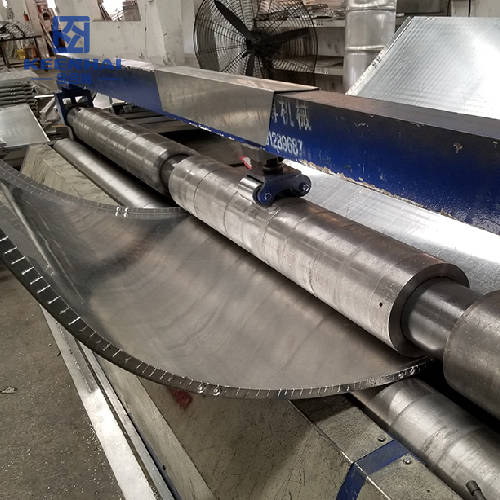
Comparing Inox Material and Stainless Steel
Terminology Differences
Ien fan 'e wichtichste ûnderskiedingen tusken Inox materiaal en roestfrij stiel leit yn terminology. Inox materiaal is de term faker brûkt yn Jeropa en selekteare yndustry, wylst roestfrij stiel de wrâldwide term is. Nettsjinsteande it ferskil yn nomenklatuer, ferwize se nei itselde materiaal.
Performance Similarities
Whether you call it Inox material or stainless steel, the material’s performance remains consistent. Both terms describe a corrosion-resistant, durable alloy with similar applications in construction, household items, and industry.
Fariaasjes yn Perception
The difference in naming can create a perception that they are distinct materials. For example, “Inox” may be seen as a more premium brand in certain regions due to its association with European quality. In reality, the distinction is purely semantic.
Cost Comparison
Material cost is often the first consideration for many projects.
| Materiaal | Average Price per Kg (USD) | Notes |
|---|---|---|
| Inox | 5–8 | Premium, corrosion-resistant |
| Rustfrij stiel | 3–6 | Cost-effective, versatile |
-
Inox: Higher upfront cost due to chromium and alloy content, but lower maintenance and longer lifespan often justify the price.
-
Rustfrij stiel: More budget-friendly and versatile for most indoor and non-extreme applications.
Real-world ROI: For outdoor stair rails or coastal railings, choosing Inox 316 over standard stainless steel may increase initial cost by 30–50%, but it avoids rust damage and replacement costs over a 15-year span.
Key Applications
Keuken en húshâldlike items
Inox material is synonymous with quality in kitchenware. It is the preferred choice for pots, pans, cutlery, and sinks due to its corrosion resistance, easy cleaning, and polished aesthetic. Its non-reactive surface also makes it safe for food preparation.
Konstruksje en ûntwerp
De sterkte en waarresistinsje fan roestfrij stiel meitsje it in haadklasse yn 'e bou. It wurdt brûkt foar strukturele ramten, railings, gevels, en dekorative eleminten yn sawol wen- en kommersjele gebouwen. It slanke, moderne uterlik fan roestfrij stiel as Inox-materiaal fersterket arsjitektoanyske ûntwerpen.
Yndustriële en Automotive Uses
Yn easket omjouwings lykas yndustriële planten of auto-fabryk, blinkt roestfrij stiel út troch syn duorsumens en fermogen om ekstreme omstannichheden te wjerstean. It wurdt faak brûkt yn útlaatsystemen, gemyske tanks en marine-apparatuer.
Different Grades of Inox and Stainless Steel
Understanding grades can help fine-tune your choice:
| Grade | Typical Use | Key Advantage |
|---|---|---|
| 304 | Kitchen equipment, appliances | Cost-effective, good corrosion resistance |
| 316 | Marine, outdoor furniture | High corrosion resistance, ideal for harsh environments |
| 430 | Automotive trim, indoor appliances | Magnetic, budget-friendly |
For outdoor, coastal, or high-moisture areas, Inox 316 or equivalent is the safest choice.
Maintenance and Lifespan
-
Inox: Low maintenance. Occasional cleaning with mild detergent keeps it shiny. Extremely resistant to corrosion, scratches, and stains.
-
Rustfrij stiel: Requires regular cleaning to prevent surface rust, especially in high-humidity or coastal areas. Abrasive cleaners may damage the protective chromium layer.
Example: A 316 Inox outdoor railing may only need yearly cleaning, while a 304 stainless steel railing might require quarterly maintenance in the same environment.
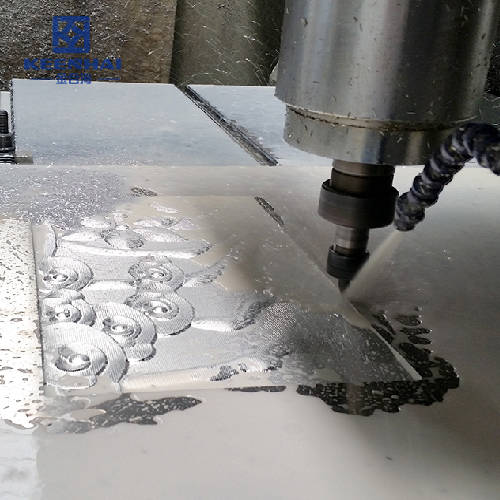
Common Misconceptions
-
All stainless steel is Inox – Incorrect. Only certain high-chromium stainless steels qualify as Inox.
-
Higher price always means better quality – Not necessarily. Choosing the right grade for your environment is more important.
-
Maintenance is the same for all grades – Inox generally requires less care, while standard stainless steel may need frequent cleaning to prevent rust.
Konklúzje
When deciding between Inox en rustfrij stiel, consider:
-
Environment: Coastal, marine, or humid areas favor Inox 316.
-
Budget: Stainless steel is sufficient for indoor, less demanding applications.
-
Longevity: Inox offers longer lifespan and lower long-term maintenance.
By understanding your project requirements, you can choose the material that provides the best combination of durability, performance, and value.
If you’re ready to pick the finish that locks in color and cuts long-term upkeep, see our PVD stainless steel sheet guide.

